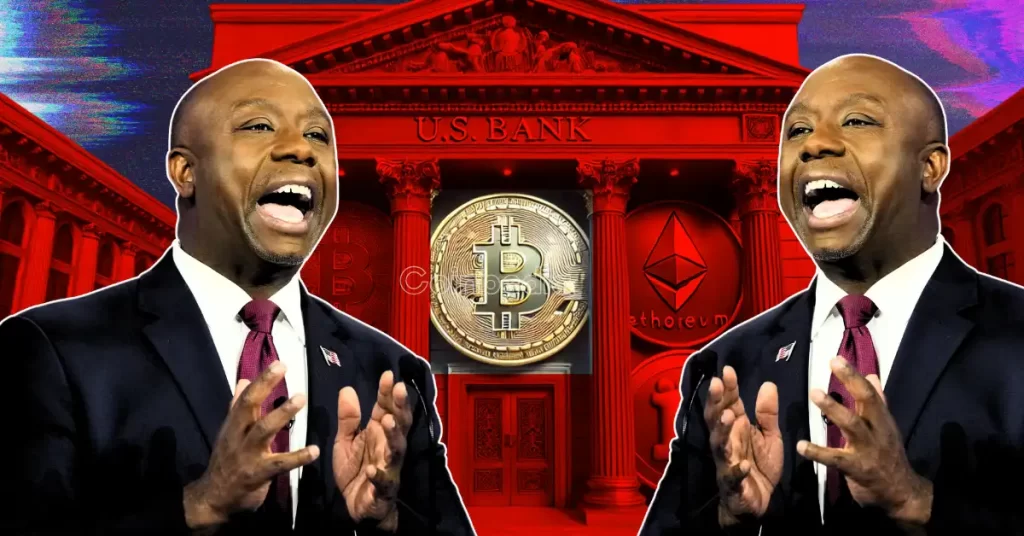The Federal Reserve released new guidance on how banks will be supervised, instructing bank examiners to focus on material financial risks rather than procedural checks and administrative tasks. The former vice chair, Michael Barr, has criticized the new guidance, warning that they will weaken supervision.
According to the Federal Reserve agency, the updated guidelines are aimed at streamlining examinations and focusing supervisory resources more effectively. The new framework has been welcomed by the vice chair, saying it streamlines oversight and reduces unnecessary regulatory burdens.
Bowman says the guidelines will improve transparency and accountability
The guidelines were released to Federal Reserve employees on October 29 before being distributed to the public on Tuesday. According to the Fed’s set rules, the examination process has been aligned with core threats to banking safety, such as credit quality, liquidity pressures, governance failures, and operational weakness.
Michelle Bowman, the Federal Reserve Vice Chair, said that the rules are intended to improve the reserve’s supervisory work and strengthen transparency and accountability. She added that putting oversight in material financial risk would empower the banking system’s foundation without limiting the agency’s core responsibilities.
Examiners have been directed to focus on financial conditions that present meaningful risk to banks’ portfolios or long-term viability. The set rules show that supervisors should avoid diverting attention to non-material issues such as repetitive documentation requirements or procedural exercises.
According to the new guidelines, banks will also be allowed to self-certify compliance in certain limited, non-material areas. The Federal Reserve confirmed that the self-certification will reduce duplication between supervisory bodies and enable examiners to focus on significant risks instead of administrative reviews. According to the guidelines, supervisors are directed to collaborate closely with other federal and state regulators, such as the Office of the Comptroller of the Currency (OCC), and to defer examination.
Based on a recent Cryptopolitan report, the OCC issued similar changes to its own oversight practices, such as the elimination of reputational risk from its evaluation metrics. The new guidelines form part of the Trump administration’s overhaul of several financial rules that were implemented during the Biden era after the 2008 crisis. Furthermore, the Consumer Financial Protection Bureau is currently operating in a limited form and has canceled several regulations that were in place before.
Barr says the guidelines represent a moment of inflection for financial stability
Greg Baer, President and CEO of the Bank Policy Institute, responded positively with broad support to the Federal Reserve’s announcement. Baer noted that banks are most resilient when oversight prioritizes material financial risks rather than administrative compliance tasks. He added that industry groups have maintained a push for a supervisory structure that they say better communicates actual risks within banking operations.
Despite the support from industry groups, the former Federal Reserve Chair and current governor of the Reserve Board, Michael Barr. He warned that the new guidelines across multiple agencies represent a moment of inflection, according to his description of financial stability. Barr noted that the cumulative weakening of supervisory standards would make it difficult for regulators to intervene early when banks begin taking excessive risks.
According to Barr, multiple vulnerabilities across the banking system arise gradually and may require broad supervisory authority to detect. He argued that narrowing the scope of examinations may cause examiners to overlook arising threats that do not initially appear material. Barr also said that the changes may result in fewer chances for examiners to spot problems before they spread across the financial system.
Bowman, the current vice chair, has also directed a reduction of approximately 30% in the Federal Reserve workforce, mainly by attrition. Barr criticized the directive, saying it risks limiting the agency’s speed and agility in responding to bank issues. He revealed that fewer staff members represent fewer findings, slower remediations, and diminished capacity to conduct forward-looking assessments.
Get $50 free to trade crypto when you sign up to Bybit now
















 English (US)
English (US)